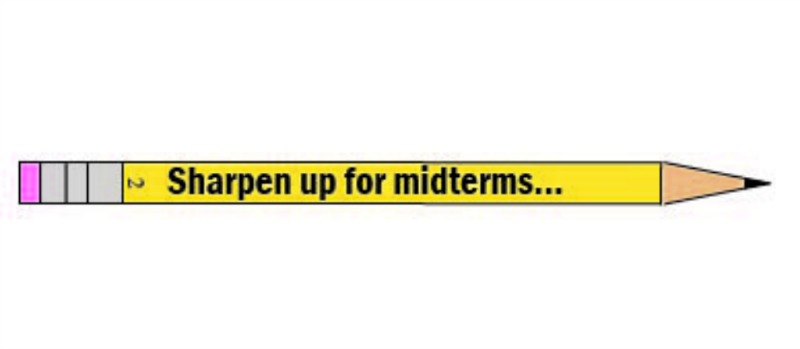New year, new policy for midterms
January 16, 2015
The new midterms policies and a new midterm schedule will optimize mid-year testing and reduce stress in students, according to administrators and faculty.
In the past, some courses gave heavily weighted mid-year exams that would appear on term-two grades, as opposed to a separate category on report cards; there was no official midterm schedule, so students took tests and attended classes in the same day.
“There was an issue of: if you did give a midterm and put it on a term, what does that do to a student’s overall grade?” social studies department head Brittany Burns said.
According to Burns, a lot of people struggled with the old system because it was so inconsistent between courses that it did not feel fair.
“I want kids to experience a comprehensive exam,” science department head and chemistry teacher Lorraine Zanini said. “There’s a difference in preparing for a comprehensive exam versus preparing for a single chapter test. I want kids to be prepared comprehensively for the big picture, [and to understand] the overarching ideas that I’ve taught for that first semester.”
Without a clear cut exam schedule, according to Zanini, students stressed the fact that they might have another exam with a different teacher on the same day as a midterm.
To resolve these conflicts, a committee made up of department chairs and school administrators surveyed teachers and concluded from their data that required midterms would prepare students for future heavily-weighted comprehensive assessments in college, measure student growth, and allow teachers to see what material needs enforcement in term three. At the same time, the committee created an open-campus schedule that they decided would benefit students.
“For finals, [students] will have already been through that process, so [they] won’t feel quite as intense and nervous,” Burns said.
Assistant principal Paul DiDomenico hopes students are productive during the time allotted for midterms, as shorter days for exam periods will provide afternoon time to seek extra help.
Additionally, DiDomenico believes that midterms will not be setting students up for failure. The tests will count for ten percent of a student’s final grade. Numerically, that’s a letter grade’s difference for students who score a 100 percent or zero; whereas in the old system, scores had a higher possibility of greatly affecting final grades.
Junior Gina El Nesr believes the midterm changes will have a positive effect.
“I think the amount of material on midterms will reinforce what we learned in class, and I think that’s important,” El Nesr said, “It will also be a big relief on finals.”










